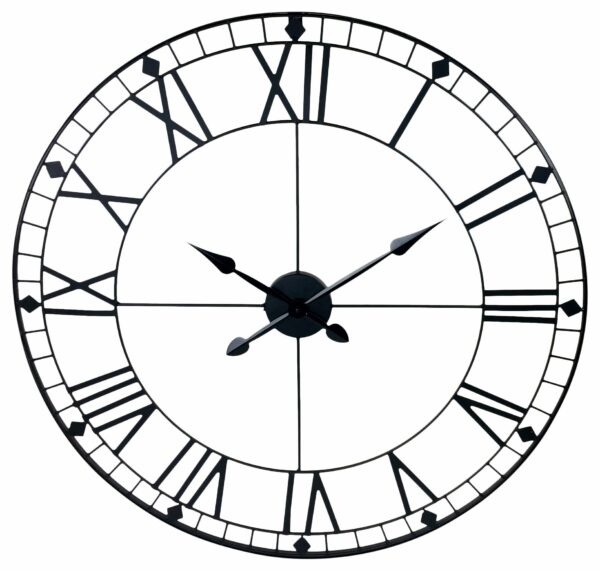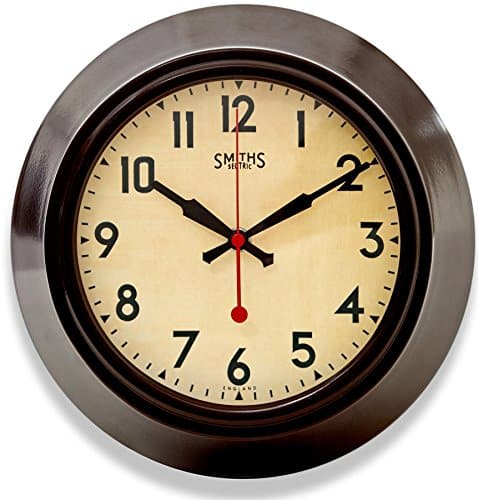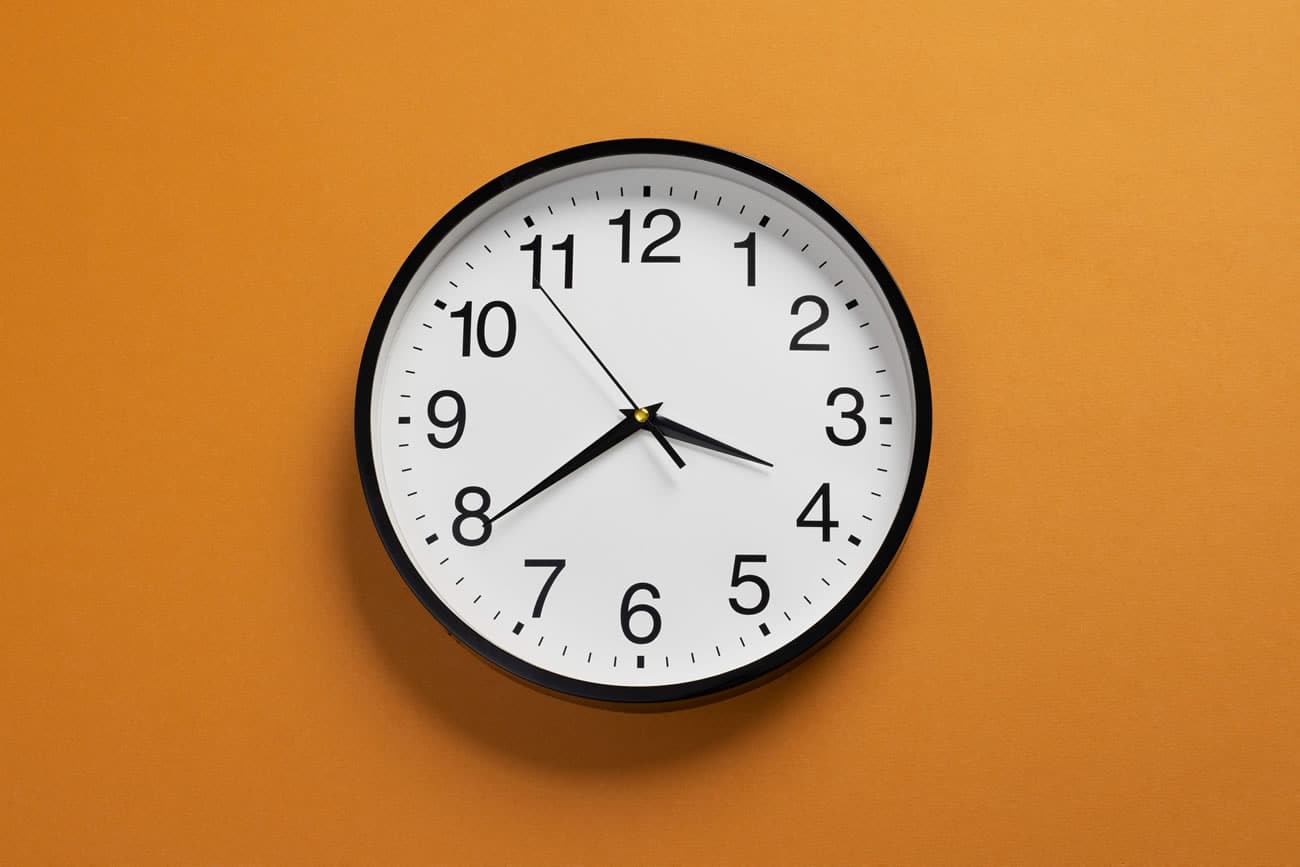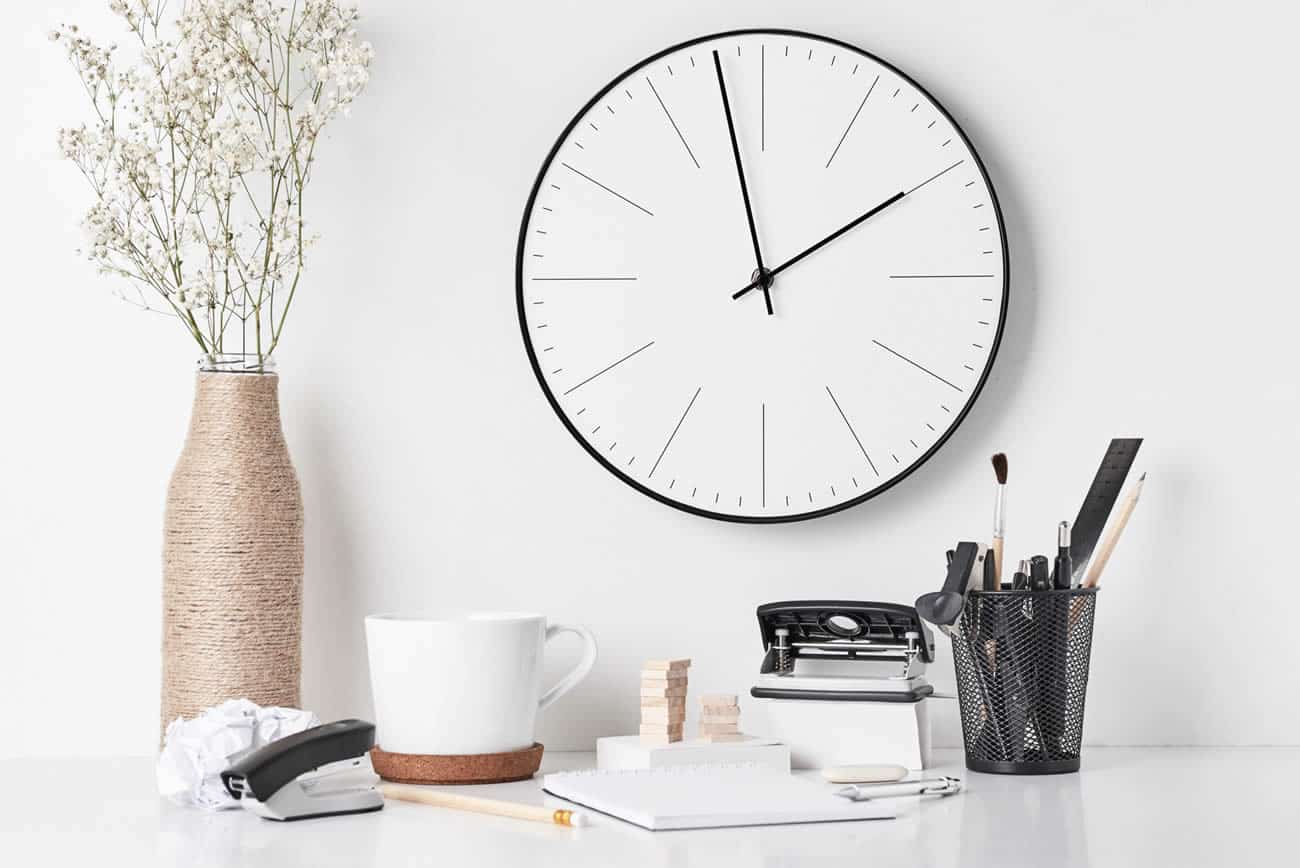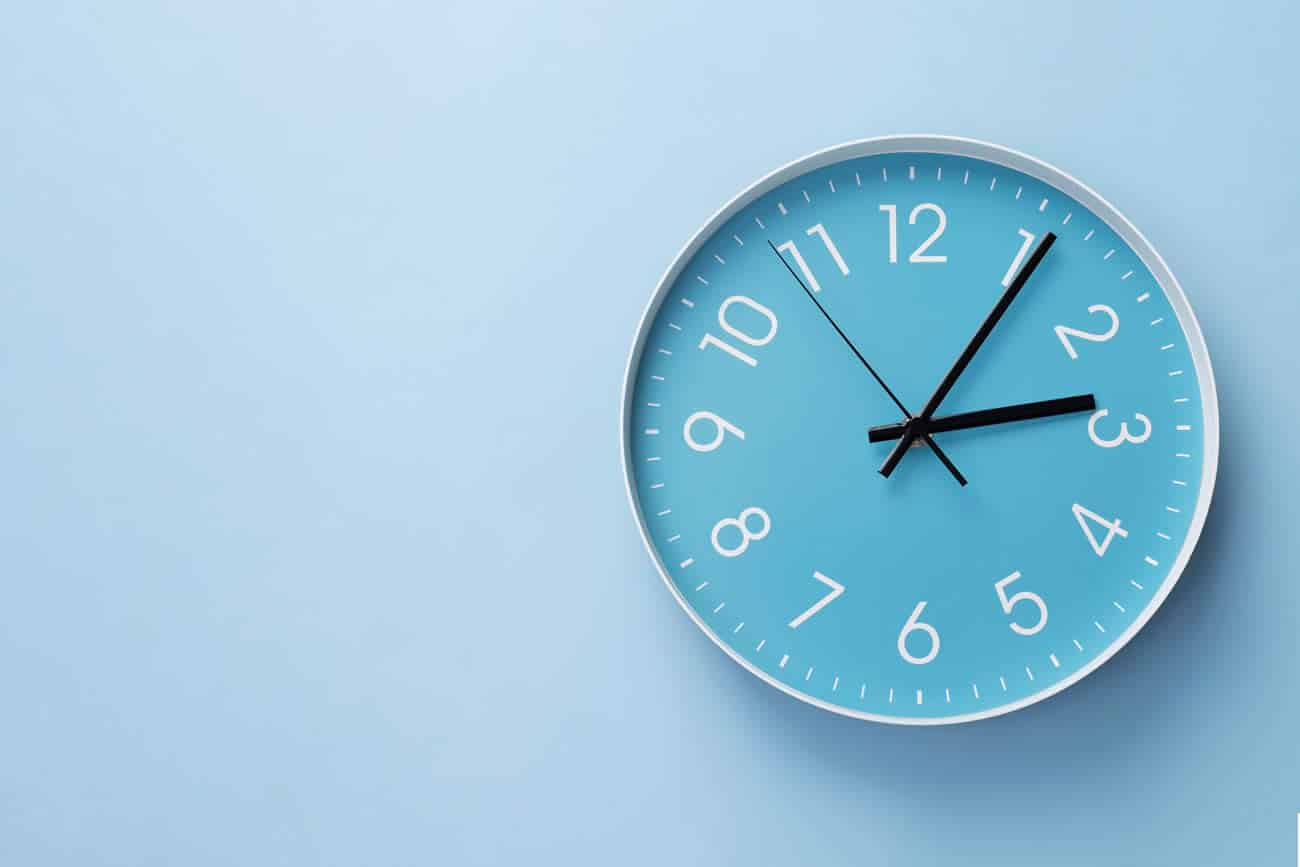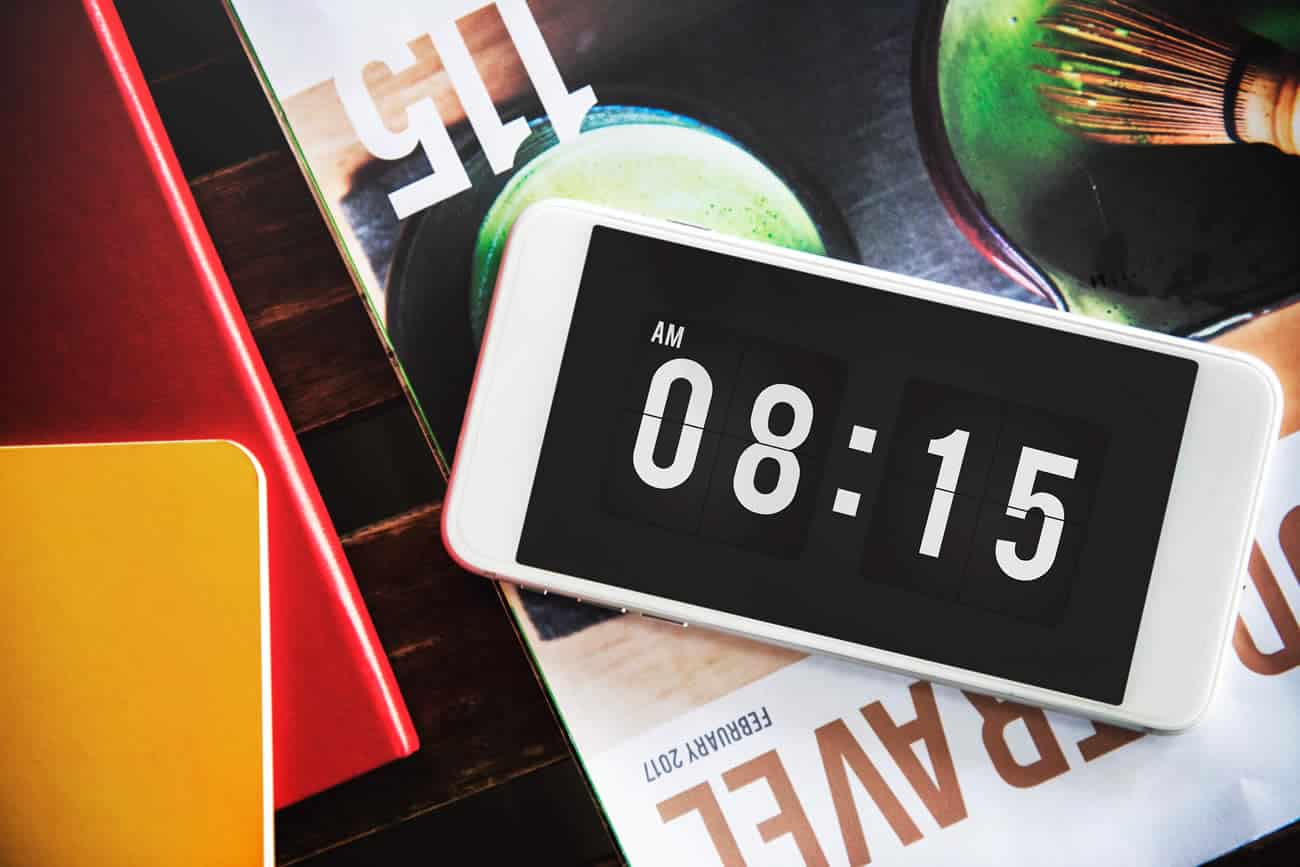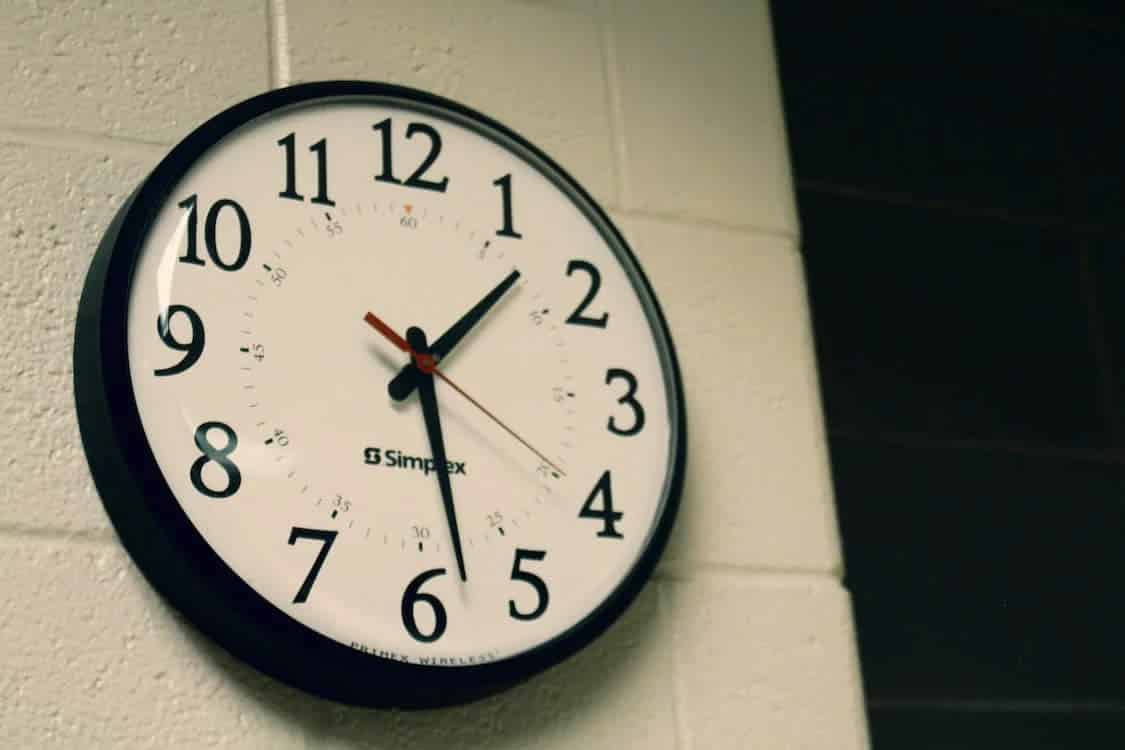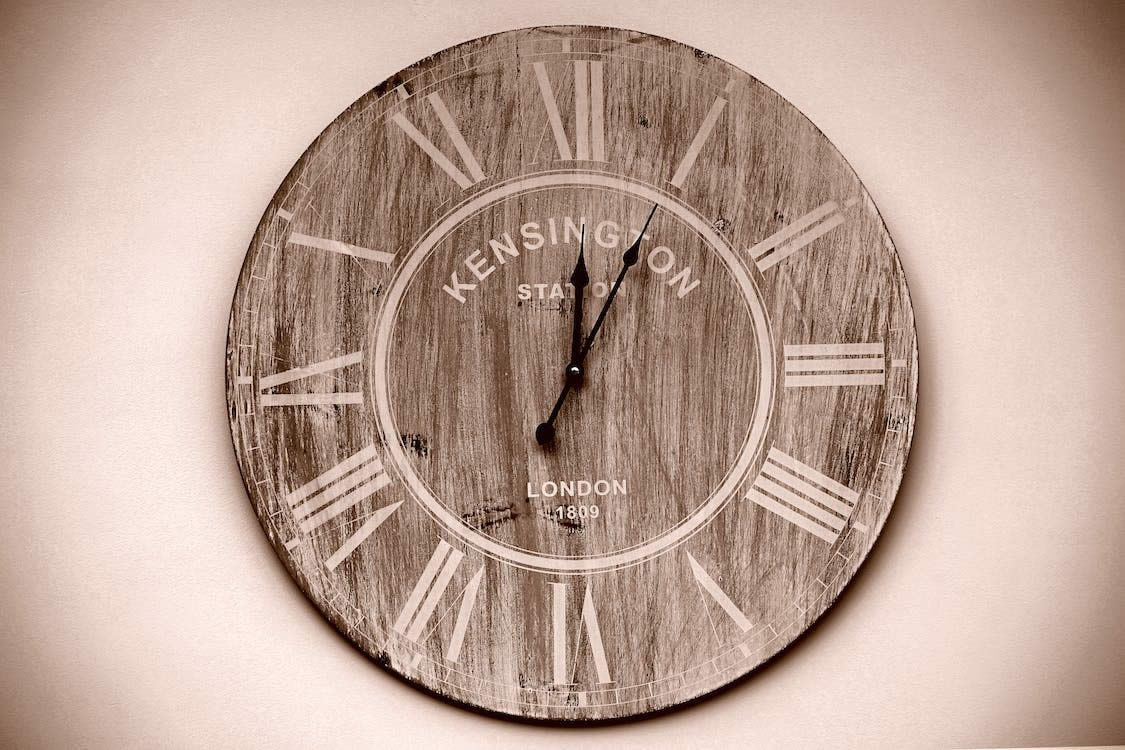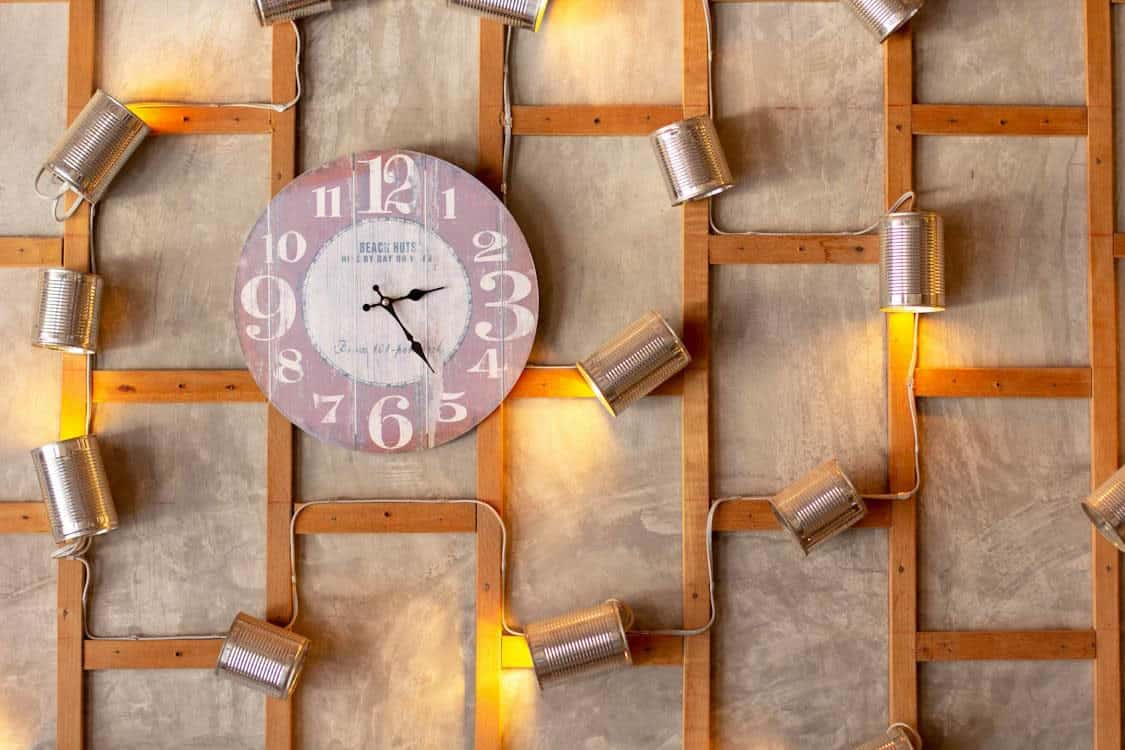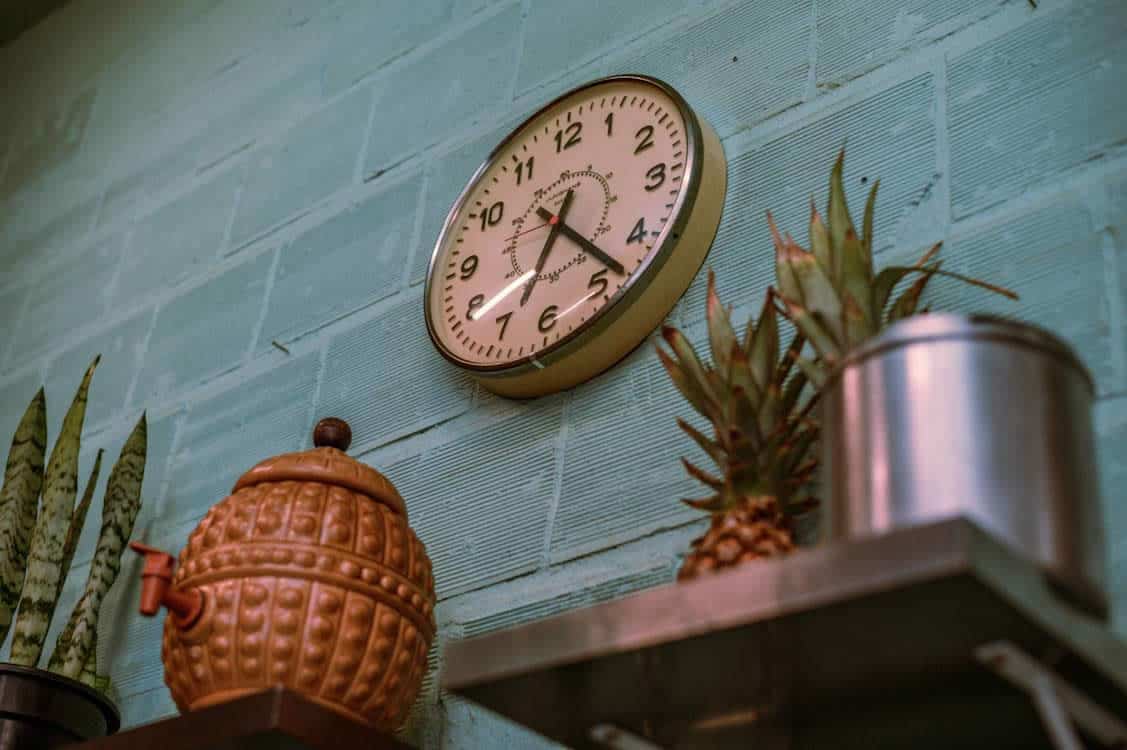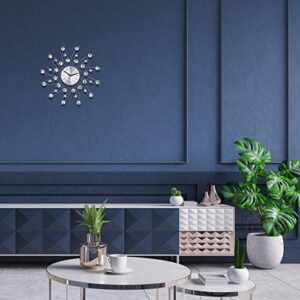 If you are looking for a wall clock with something extra, something different from ordinary clocks, plenty of options are available. Some large wall clocks come with some very cool features these days. Here are some of the best features to look for in a clock.
If you are looking for a wall clock with something extra, something different from ordinary clocks, plenty of options are available. Some large wall clocks come with some very cool features these days. Here are some of the best features to look for in a clock.
A large wall clock is a perfect addition to any room or office. It can add visual interest, style and function to any space. Large wall clocks are available in many different styles and designs and may be made from various materials, including wood and metal.
Cool Fun Features of Large Wall Clocks
Large wall clocks come with various features that make them more functional than ever. This is especially true with Rolex wall clocks.
Battery Operated – Some large wall clocks are battery operated, so they do not require a cord or adapter to be plugged into an outlet. This makes them great for use in bedrooms, bathrooms and other areas where there may not be any outlets nearby.
Projection Clocks
Projection clocks display the time on the wall, the ceiling, or the projection clock anywhere else you want. You have to aim it wherever you want, and you can have the time on the wall without even having the clock. Projection wall clocks add a cool, modern feel to any room.
Projection clocks are a great way to display the time in your home or office. They offer a more modern look than traditional clocks; some even have additional features such as weather alerts and world time displays.
The most popular projection clocks use an LED bulb that projects onto a surface, like your wall or ceiling. Others use lasers or holographic technology to project the time onto a flat surface. Some projection clocks are battery-operated while others require an electrical outlet.
Consider buying a wall clock if you’re looking for a unique way to display time in your home or office. These products offer an elegant design that will look great anywhere in the room.
Projection clocks offer a unique and stylish way to display your home’s time, date and temperature. The clock face is projected onto a wall or ceiling with a projector, so you don’t have to worry about looking down at your wrist or over at the microwave to see what time it is.
The first projection clock was created in 1992 by David Neevel, who designed a clock that displayed the time on his bedroom ceiling so he wouldn’t disturb his wife when he woke up in the middle of the night. Projection clocks are now widely available and popular with people who want an alternative to traditional clocks on their nightstands or kitchen counters.
Projection clocks come in many styles and designs, from simple analogue displays to complex digital models with built-in radios and screensavers. Batteries power some while others need to be plugged into an electrical outlet. Most projection clocks have a remote control for convenience and ease of use.
Aside from their ability to project the time onto walls or ceilings, some projection clocks can also display other important information.
Binary Clocks
Binary wall clocks are great for any brainy type of person. At first, they look like binary clocks like a bunch of incomprehensible lights, but you can quickly tell what time it is with a little practice. With a large binary wall clock in the room, you will surely get many puzzled faces and chances to show off your mental prowess. Binary clocks use the same system a computer uses to send signals.
A binary clock is a digital clock that displays time in binary format. Instead of the usual 12 or 24-hour format, it shows the time using a binary number system.
The binary clock is a digital clock that displays time in binary notation. The term “binary clock” can refer to several types of clocks, including flip clocks, real-time clocks, and countdown timers.
Flip clocks and countdown timers are often used as novelty items or children’s toys and are inexpensive. They can be customized with different colours, sounds and graphics to suit the user’s needs. Real-time clocks are used for more serious applications such as tracking inventory prices, monitoring the status of servers or other systems, or simply keeping track of time spent on projects.
Binary clocks can be very useful if you’re learning about computer systems or are just interested in learning more about how computers work.
Some people believe that binary clocks can help them improve their mental math skills because they force you to use your brain to convert a number read from left to right into one read from right to left. This isn’t necessarily true since most people don’t have much experience reading binary numbers and converting them back into decimal numbers (such as 10:15 into 1015) can be challenging even for those who know how to do so.
If you’re interested in buying one of these clocks, there are several online stores where they can be purchased online. You can also find examples of these clocks at different technology museums worldwide.
Atomic Wall Clocks
Atomic clocks can set the correct time all by themselves. They will even adjust for daylight savings time without your help. These clocks automatically receive signals from an atomic time transmitter and adjust as needed. As far as looks go though, they appear to be just like any other wall clock.
Atomic wall clocks are a great option for the modern home. They are easy to install and use and can be programmed for various time zones. They are durable and accurate, making them perfect for use in any room of your home.
Atomic wall clocks have been around for quite some time now. Louis Essen invented the first atomic clock in 1955 at the National Physical Laboratory in England. This was followed by another one developed by Hans Lodemann while working at West Germany’s Physikalisch-Technische Bundesanstalt (PTB) in 1959. The first commercial version of an atomic clock was made available by Hewlett-Packard in 1968, which used lithium-deuteride batteries as its source of power.
Modern atomic wall clocks rely on radio waves transmitted from atomic clocks worldwide to determine their accuracy. However, this is not always necessary as some models have their internal source of power, which keeps them running all year round without needing any external input or assistance from other devices or machines.
Informative Clocks
Some clocks provide much more than just time. You can get a large wall clock that shows you a wide variety of information that may be useful to you. Some of the most common features that clocks can display are the inside and outside temperature and the date and day of the week. Special “weather station clocks” will show the temperature, barometric pressure, humidity, and even moon cycles. You put a small transmitter outside, which will relay information to the clock in your house.
Informative clocks are digital clocks that can display more than just the time. These clocks can be used in a variety of different areas and can be used in a variety of different settings. They are often used in hospitals but can also be used in other places where people need to get information quickly. This type of clock is very easy to use and can provide much different information about the current time, such as temperature, humidity levels, and wind speed.
The most common type of informative clock is the one that displays the time in large numbers so that it can easily be read from a distance. This type of digital clock is great for businesses because it allows customers to see what time it is without having to walk up close and personalise with the device. When you have customers who want their coffee served at 6:30 pm every day and don’t like waiting for their order until 6:31 pm, this kind of clock will help you ensure that your employees do not forget about this customer’s specific request.
Noise Making Clocks
Everyone has seen cuckoo clocks. Watching the cuckoo birds come out is a dog bark clock, great fun, but now you can get a clock with a funny twist. A great spin on the cuckoo wall clock is made for kids but suitable for adults and an elephant that comes out of the house instead of a bird. Another great cuckoo clock is the dog bark clock, which has a dog that comes out and barks every hour. Large cuckoo wall clocks are great for giving your room a bit of fun and humour.
Noise-making clocks are great for waking children and adults who have difficulty getting out of bed in the morning. If you have difficulty getting out of bed on time, you should consider buying a noise-making alarm clock.
The best thing about these clocks is that they come in different shapes and sizes to fit any decor style. If you want something more decorative than functional, you should consider buying one of these clocks. Many different types of noise-making clocks are available on the market today, so it is important to do some research before buying one.
How to Choose Your Noisy Clock:
The first thing you must do when choosing your noisy clock is determine what type of sound you want it to make. Some people prefer loud sounds while others want something softer. The next thing you must look at when choosing your noisy clock is its size. You want something that will fit nicely on your nightstand or dresser without taking up too much space or looking tacky. You also want something with an easy-to-read face to see what time it is without squinting or straining your eyesight.
